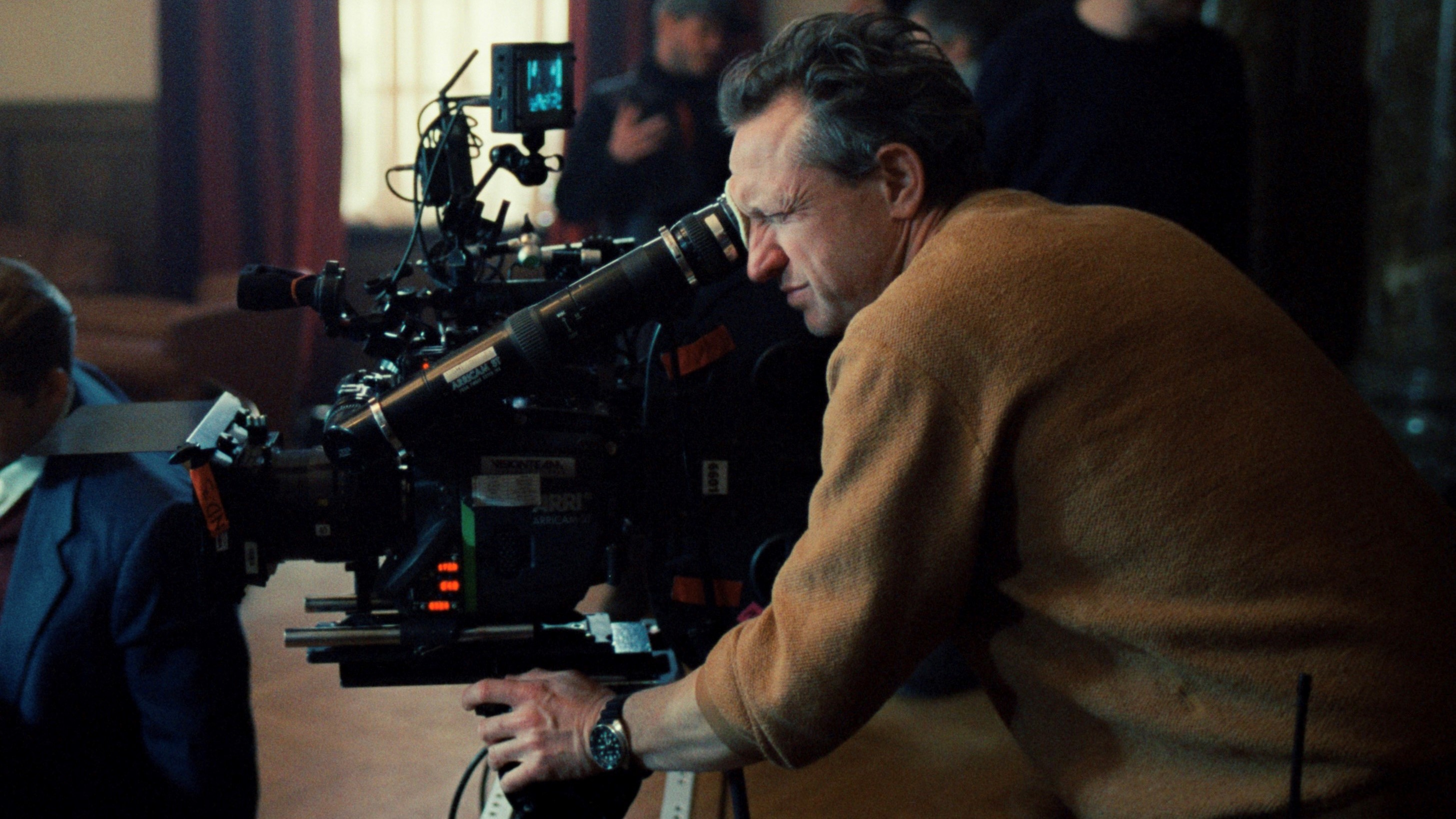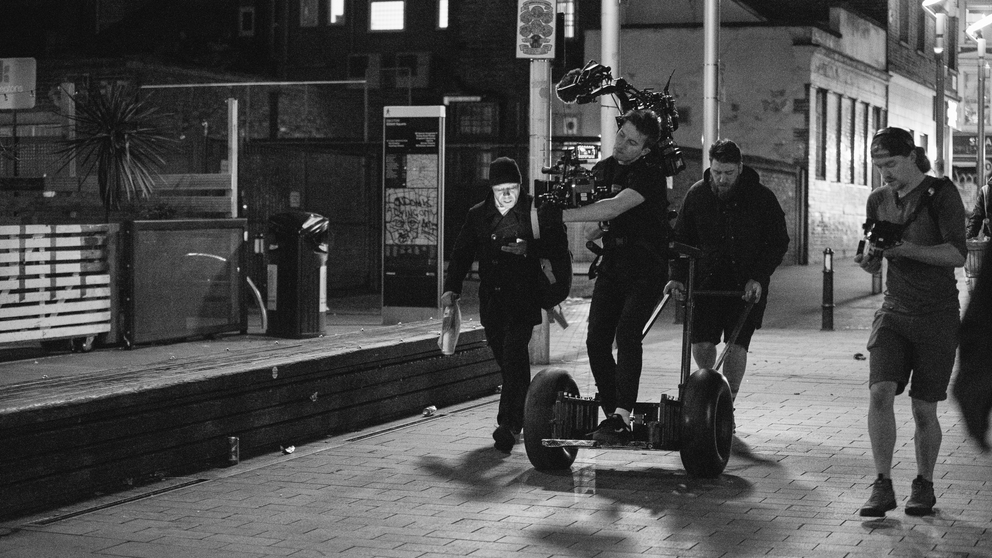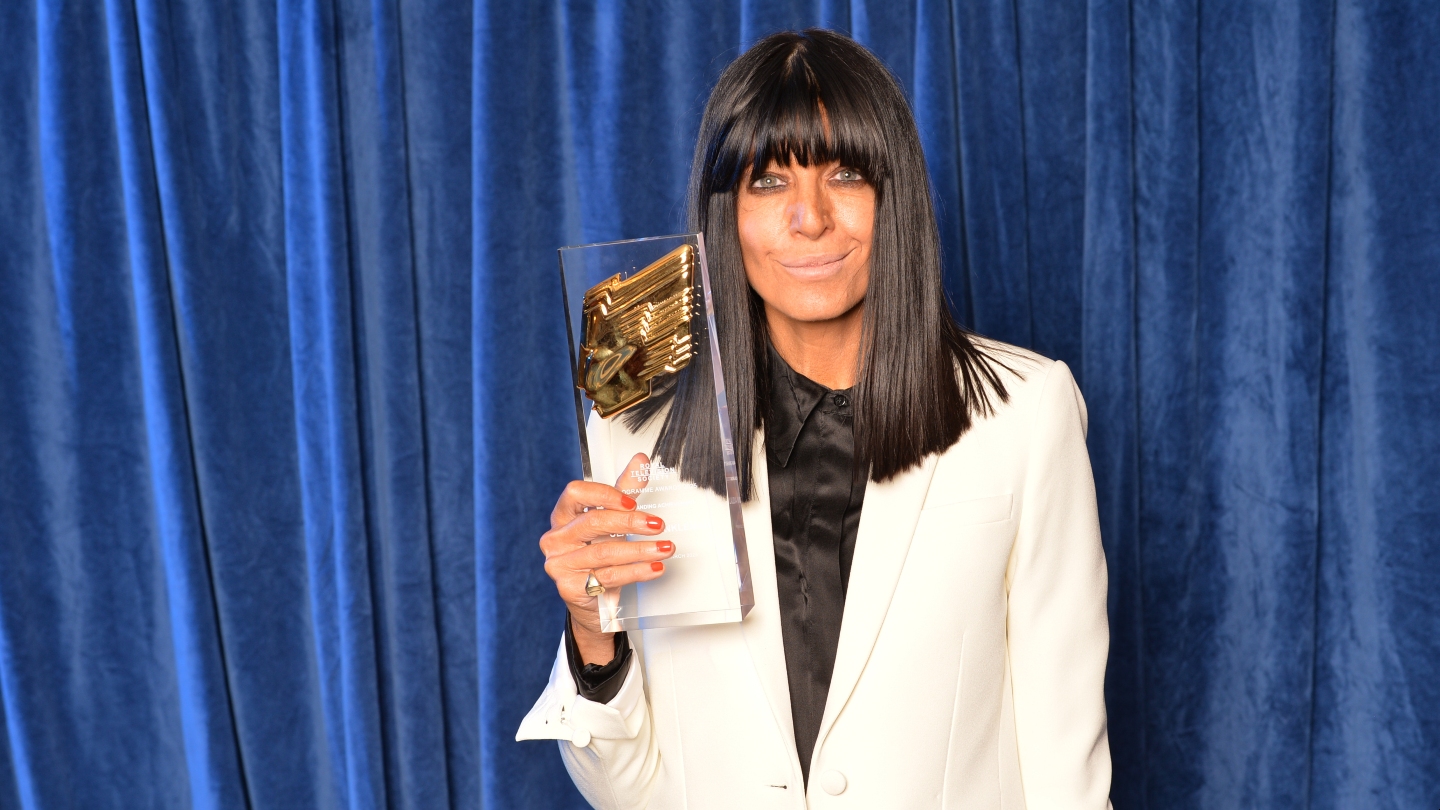Stephen Graham is a chef with a simmering temper in a feature length one-take kitchen drama filmed at a real-life restaurant. Director Philip Barantini and cinematographer Matthew Lewis explain how it was done.
The trick with running a restaurant is to make it look effortless and you can argue the same is true of filmmaking. New feature Boiling Point peels away the serene service of fine dining to reveal the raw tension of a chef on the edge and does so in an ambitious 90-minute single take that dissolves completely into the drama.
Boiling Point is directed by Philip Barantini, photographed by Matthew Lewis and stars Stephen Graham (The Virtues, The Irishman) who together tested the one-shot technique to film a 20-minute Bifa nominated short of the same name in 2019.
“The idea to do a ‘one-er’ was ...
You are not signed in.
Only registered users can view this article.

Behind the scenes: Squid Game 2
The glossy, candy-coloured design of Squid Game is a huge part of its appeal luring players and audiences alike into a greater heart of darkness.

Behind the scenes: Adolescence
Shooting each episode in a single take is no gimmick but additive to the intensity of Netflix’s latest hard-hitting drama. IBC365 speaks with creator Stephen Graham and director Philip Barantini.

Behind the scenes: Editing Sugar Babies and By Design in Premiere
The editors of theatrical drama By Design and documentary Sugar Babies share details of their work and editing preferences with IBC365.

Behind the scenes: A Complete Unknown
All the talk will be about the remarkable lead performance but creating an environment for Timothee Chalamet to shine is as much down to the subtle camera, nuanced lighting and family on-set atmosphere that DP Phedon Papamichael achieves with regular directing partner James Mangold.

Behind the scenes: The Brutalist
Cinematographer Lol Crawley finds the monumental visual language to capture an artform that is essentially static.





